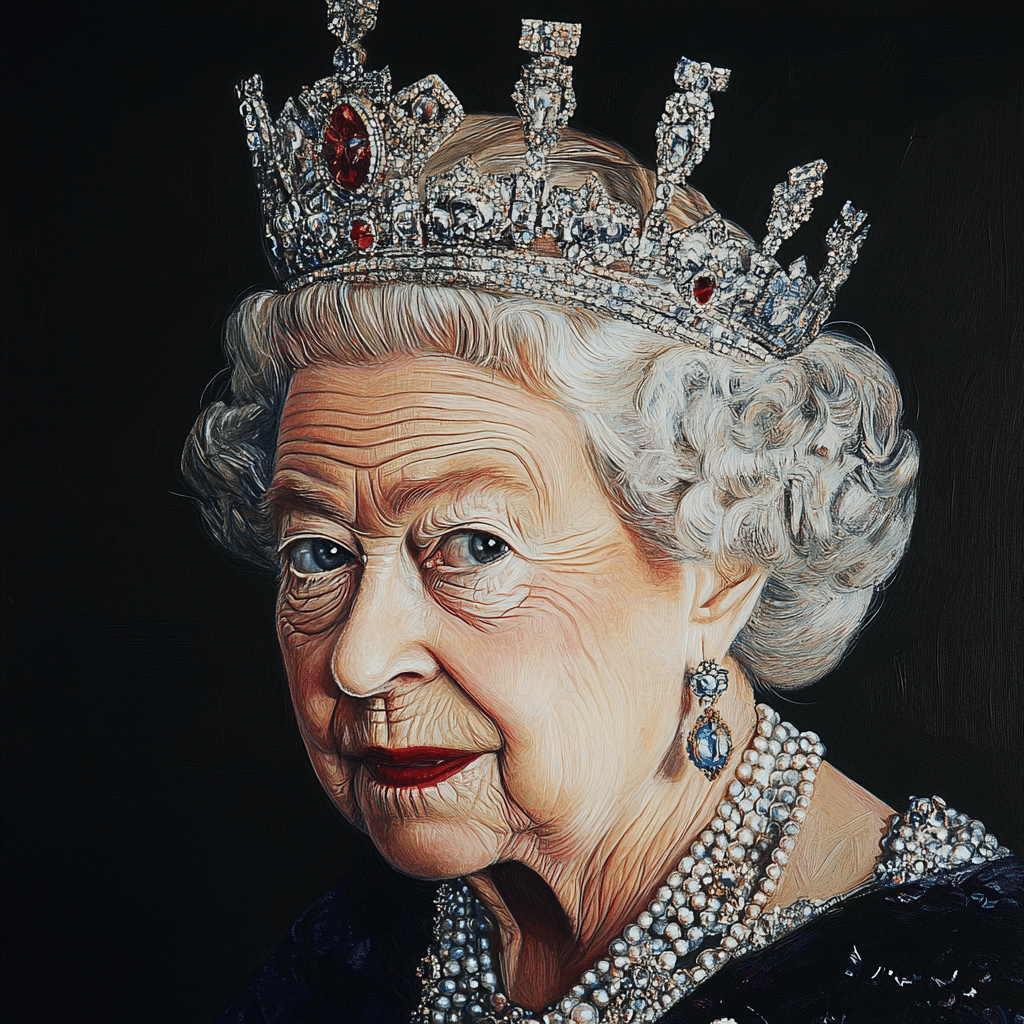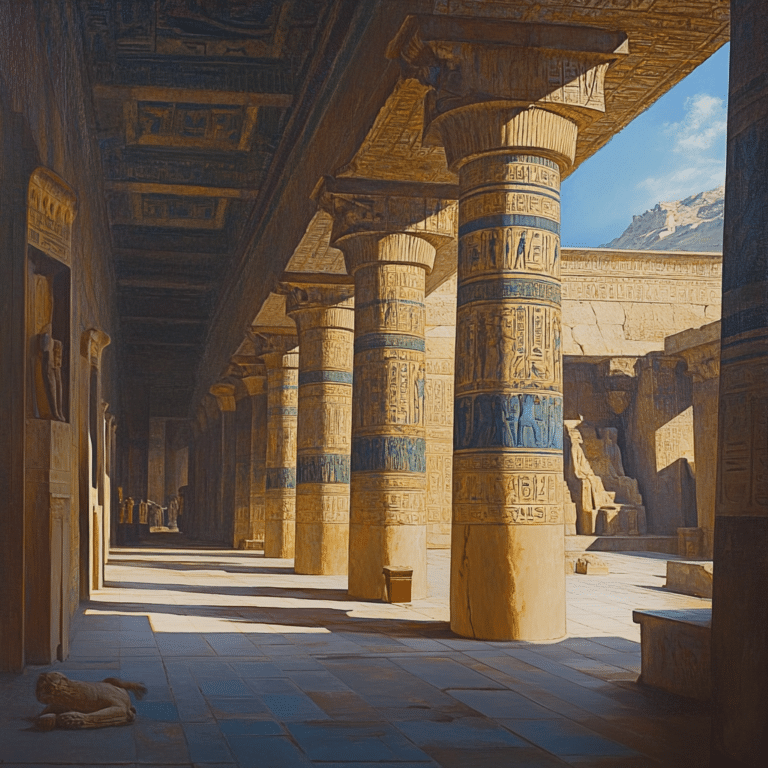La Virgen de Guadalupe isn’t just an image; she’s a major icon that intersects culture, faith, and feminism. For many, she symbolizes hope, resilience, and the enduring spirit of Mexican and Latin American communities. Picture this: a mother figure who brings strength to women, nurtures femininity, and offers solace in tough times. This depiction isn’t limited to the church and traditional gatherings. Instead, you find La Virgen de Guadalupe everywhere—from vibrant murals in low-income neighborhoods painted by Mexican American artists to lighthearted references in pop culture, like the nurturing vibes of Sheila in Santa Clarita Diet (yep, even Drew Barrymore got in on it!).
So, what’s all the fuss about, and why should you care? Well, La Virgen de Guadalupe offers a lens to view how time-honored traditions can meld with modern storytelling. Using her powerful imagery, artists and activists are reviving and reshaping conversations around women’s rights, identity, and social justice. She’s not just living in the past; she’s very much part of today’s narrative.
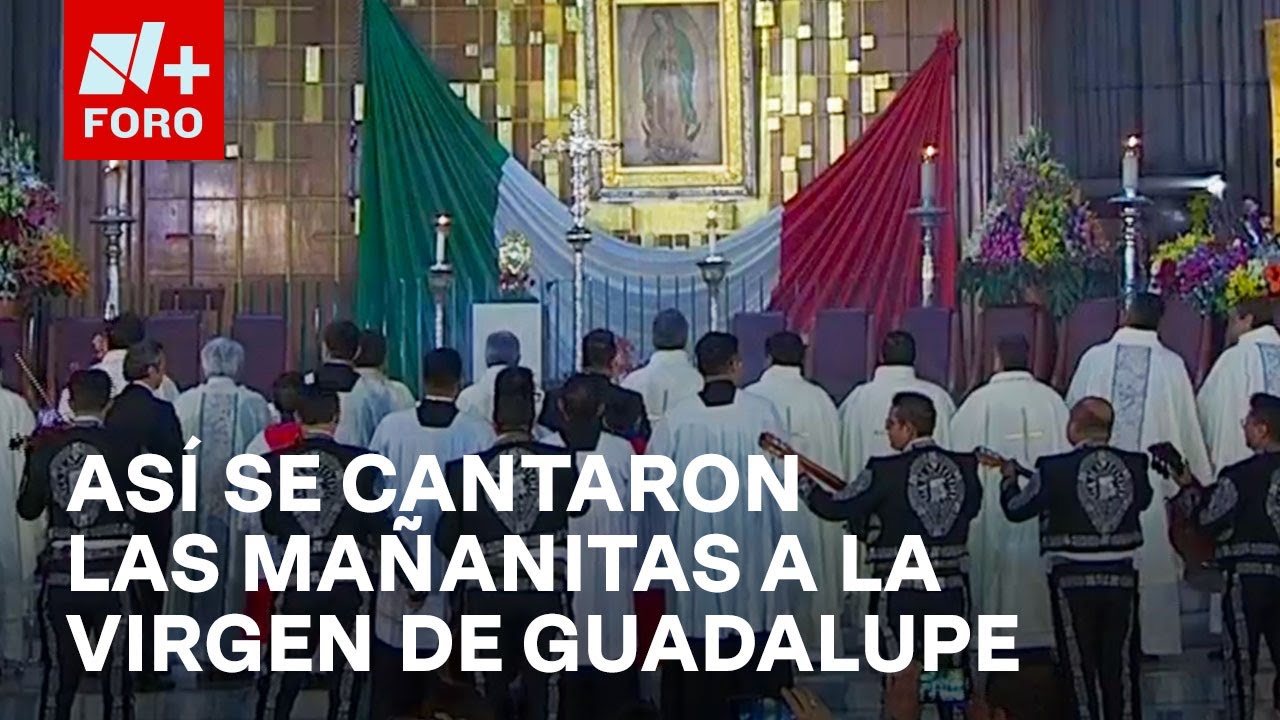
The Manifestation of La Virgen de Guadalupe in Modern Culture
The power of La Virgen de Guadalupe has manifested in bold new ways throughout modern culture. In numerous films, art forms, and even graphics on social media, her image resonates like a vibrant drum, echoing a call for identity and empowerment. Take, for instance, the rise of feminist movements in Mexico, where La Virgen’s iconography is a rallying point for change. Her figure empowers women to reclaim their narratives and assert their rights, linking the past with a collective present that demands more.
Why? Because when you think of La Virgen de Guadalupe, you’re not just thinking of a holy figure but also about community members raising their voices against gender-based violence and inequality. She solidifies the spirit of resistance and highlights the strength of women in the face of adversity.
Keep an eye out for how artists like Yolanda López recast La Virgen’s image. Not just a passive figure, she’s often reimagined as a tenacious symbol of independence, rewriting her legacy one brushstroke at a time. Mural painters have adorned walls with her likeness since the late 1960s, conveying heartfelt messages to upcoming generations. This cultural preservation ensures she remains relevant, connecting the past to today’s enduring struggles.
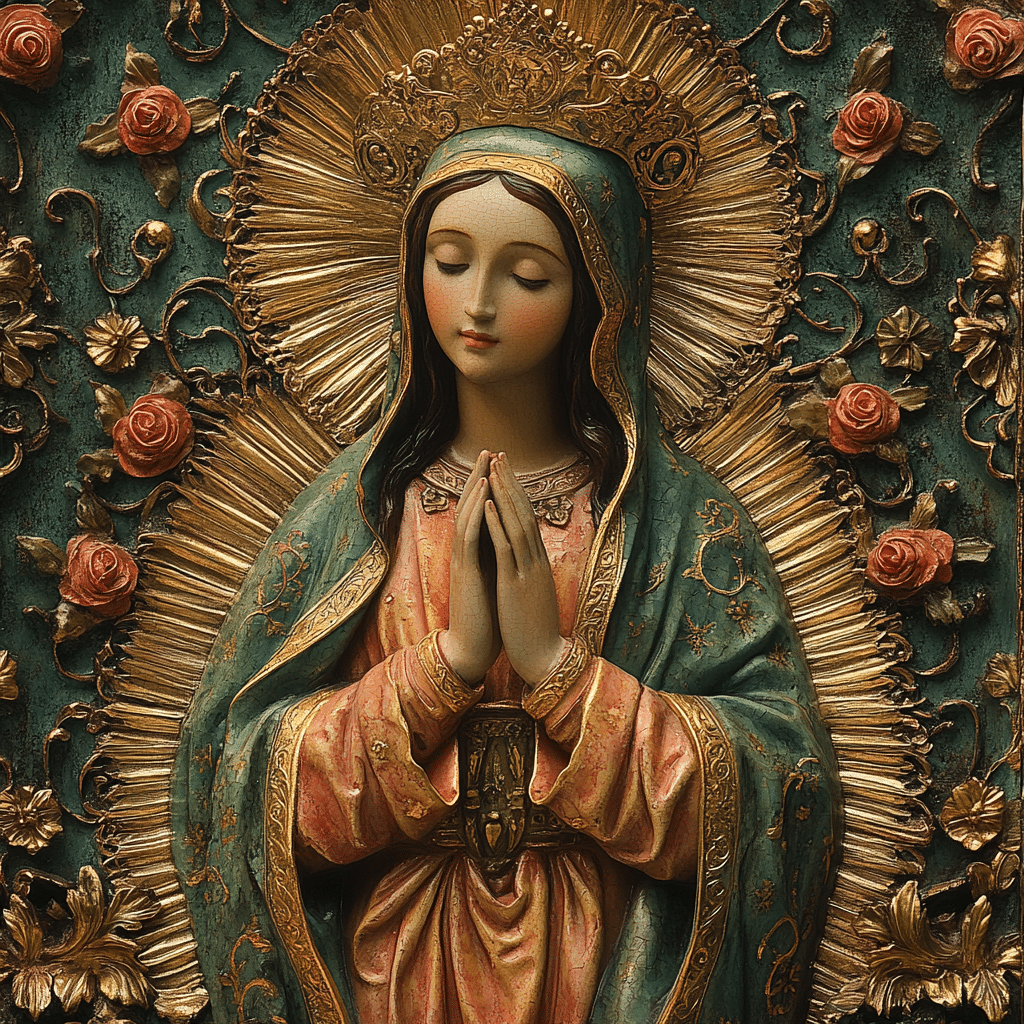
Seven Key Aspects of La Virgen de Guadalupe’s Feminist Legacy
1. Maternal Figure
When you visualize La Virgen de Guadalupe, think about the nurturing qualities of a mother. She’s a symbol of maternal love—a universal ideal. In Mexican culture, these values resonate deeply, encouraging women to celebrate their roles while advocating for independence.
2. Empowerment through Identity
La Virgen has become a central figure in feminist discourse, letting women reclaim both individual and collective identities. In many feminist movements, her co-opting symbolizes a fight for equality, serving as a communal embrace for women who seek their rights.
3. Intersectionality of Faith and Feminism
La Virgen bridges the gap between traditional faith and modern feminism, creating an environment where both can flourish. Many feminist theologians suggest that she presents a model for a woman-centered worship experience, showing that faith doesn’t have to be rigid but can be fluid and inclusive.
4. Cultural Resilience
La Virgen de Guadalupe embodies resilience amid adversity, urging communities to hold onto their heritage. Her spirit provides a sense of hope and empowerment during challenging times, reminding us that belief can bolster strength.
5. Artistic Expressions
Artists have continually transformed La Virgen’s image to reflect contemporary life. Yolanda López’s works reimagine her figure as an empowered woman who asserts her dominance in narratives often dominated by conformity. By stepping outside traditional boundaries, art becomes a medium for empowerment.
6. Contemporary Activism
La Virgen’s image is utilized in protests to highlight urgent issues, like femicide and gender-based violence in Mexico. Activists wield her likeness as a banner of resistance, showcasing the blend of old ideals with present-day activism.
7. Diverse Interpretations
She resonates across varied communities, including the LGBTQ+ group, whose members see her not just as a religious icon but as a figure of love and acceptance. This multiplicity of interpretations enriches her legacy, establishing her as a resilient symbol in many forms.
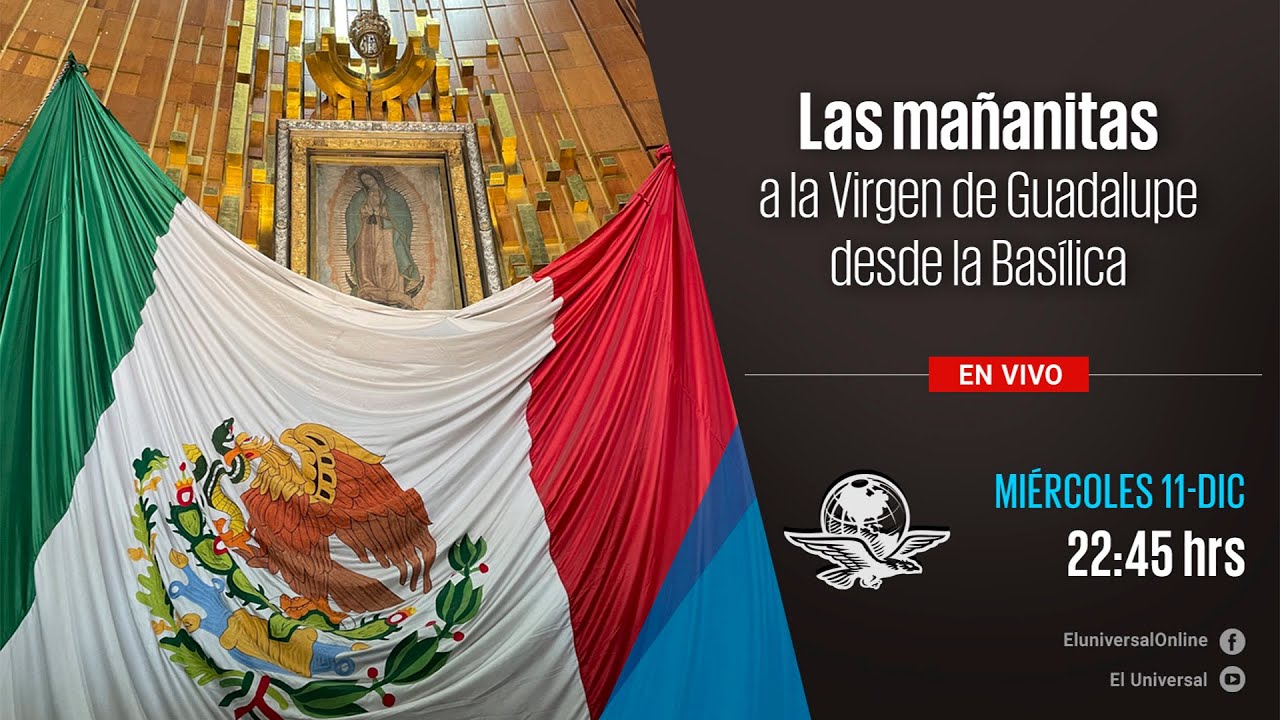
La Virgen de Guadalupe and Santa Muerte: A Study in Contrasts
Now, let’s pivot a bit and talk about another fascinating figure—Santa Muerte. Both figures symbolize crucial aspects of Mexican culture, but they represent very different ideas. While La Virgen de Guadalupe shines with hope and nurturing spirit, Santa Muerte embodies death and the afterlife.
Community Support
La Virgen has long acted as a support system in communities during bouts of hardship and sorrow. Her image is often invoked for comfort, balancing life’s hardships. In contrast, Santa Muerte finds her followers in marginalized communities—offering solace to those who feel outside mainstream society, such as individuals involved in illicit activities.
Public Perception
La Virgen enjoys a generally positive perception, often associated with reverence. Santa Muerte, however, garners mixed reactions—seen as a protector by some, while others view her through a stigmatized lens. This dichotomy illustrates the complexities of faith in people’s daily lives, particularly for those who reside in society’s fringes.
Togetherness and Struggle
Both figures highlight the intricate tapestry of Mexican spirituality. La Virgen instills hope and love, while Santa Muerte acknowledges the inevitability of death. Their coexistence signifies the breadth of beliefs within marginalized communities and underlines how these figures intertwine with the struggle for recognition, acceptance, and fulfillment.
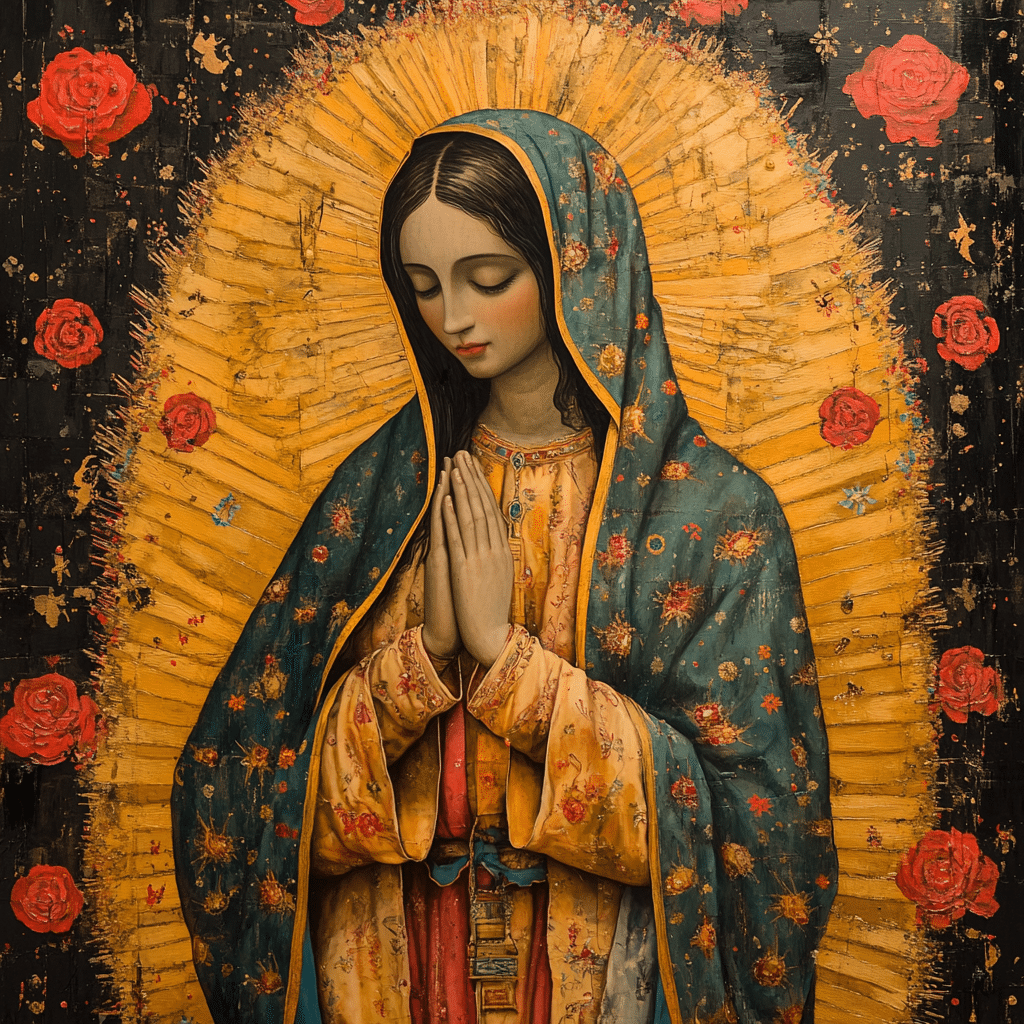
The Global Influence of La Virgen de Guadalupe
La Virgen de Guadalupe transcends geographic boundaries, her influence felt even outside Mexico. Cities like Los Angeles, Chicago, and Houston celebrate her, weaving her into their cultural fabric. The yearly festivities on December 12th, marking her feast day, bring communities together, fostering cultural pride and unity on both sides of the border.
International Symbol
Countries across North America have incorporated La Virgen into local customs, amplifying her role in diverse communities. Enthusiasts around the globe recognize her not just as a religious figure but as an international icon of empowerment.
Immigrant Narratives
Many immigrant families use La Virgen’s image as a guiding figure, reminding them of their roots amid the challenges of adapting to new environments. She embodies continuity, helping communities maintain their cultural identity while navigating life in a foreign land.
In essence, La Virgen de Guadalupe’s powerful legacy continues to lift individuals, especially women, as they make their way through the winding paths of faith, identity, and social scrutiny. By weaving faith and feminism together, she is more than an icon; she’s a vivid reminder that empowerment and resilience can thrive even in turbulent times. The richness of her legacy ensures that conversations about faith, culture, and gender remain at the forefront, inviting deeper explorations of what it means to find strength within and beyond tradition.
In a world constantly changing, La Virgen de Guadalupe stands tall, offering us not just solace, but a clarion call for unity, empowerment, and love. Embrace it, and let her legacy inspire you every day!
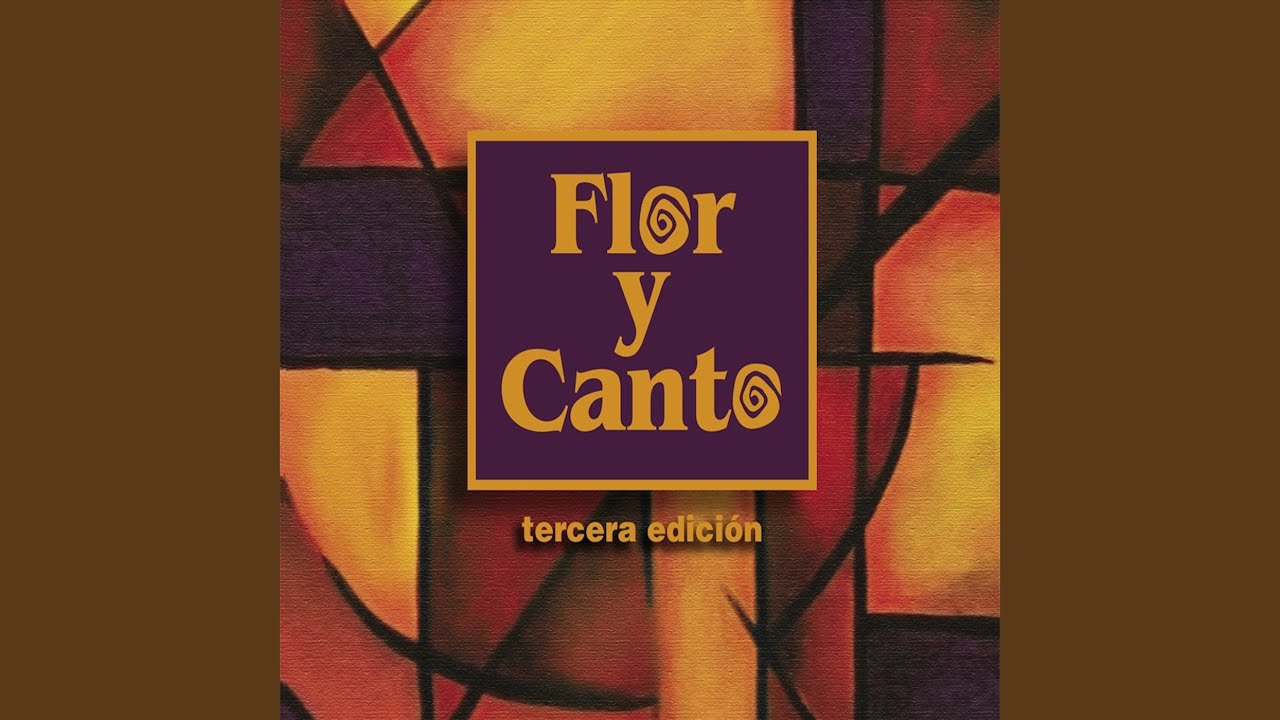
La Virgen de Guadalupe: Power, Faith, and Influence
A Miraculous Story
La Virgen de Guadalupe stands as a profound icon of faith, especially in Mexico, where her story has inspired many. The tale begins in 1531 when Juan Diego, an indigenous man, encountered a vision of the Virgin Mary on Tepeyac Hill. She asked him to build a church in her name, a request that not only demonstrated her divine presence but also highlighted her empathy for the marginalized, connecting deeply with the indigenous population. This strong bond mirrors the deep loyalty seen in football fandoms, much like fans of the magnificent Real Madrid vs. AC Milan, who thrive on cultural identity and community spirit.
Feminism and Empowerment
What’s remarkable about la Virgen de Guadalupe is her dual legacy of faith and feminism. In a time when women’s voices were often overshadowed, she emerged as a powerful figure of strength and resilience. Many view her as a precursor to modern feminist ideals, showcasing the importance of women standing up for their beliefs. Much like how leadership skills training focuses on empowering individuals to take charge, la Virgen encourages women to find their voices and advocate for justice and equality.
Cultural Impact
La Virgen de Guadalupe’s influence extends beyond religion into arts and media. From paintings to films and television shows, her image reverberates throughout the culture. Interestingly, actors like Alexis Denisof have participated in projects that channel themes of faith and redemption, showing how modern storytelling continues to draw inspiration from her legacy. Furthermore, she’s a symbol of unity, much like beloved characters such as Max Goof, who depicts family ties and connection in his adventures.
In essence, la Virgen de Guadalupe is not just a symbol for the faithful; she’s a rallying cry for empowerment, cultural pride, and spiritual depth. Just as with the heartwarming journey of the sloth Goonies, we find that her story invites everyone to rediscover their roots and embrace their identities. Whether you’re curious about historical tie-ins or simply connection points to pop culture, the powerful legacy of la Virgen de Guadalupe can’t be overlooked.
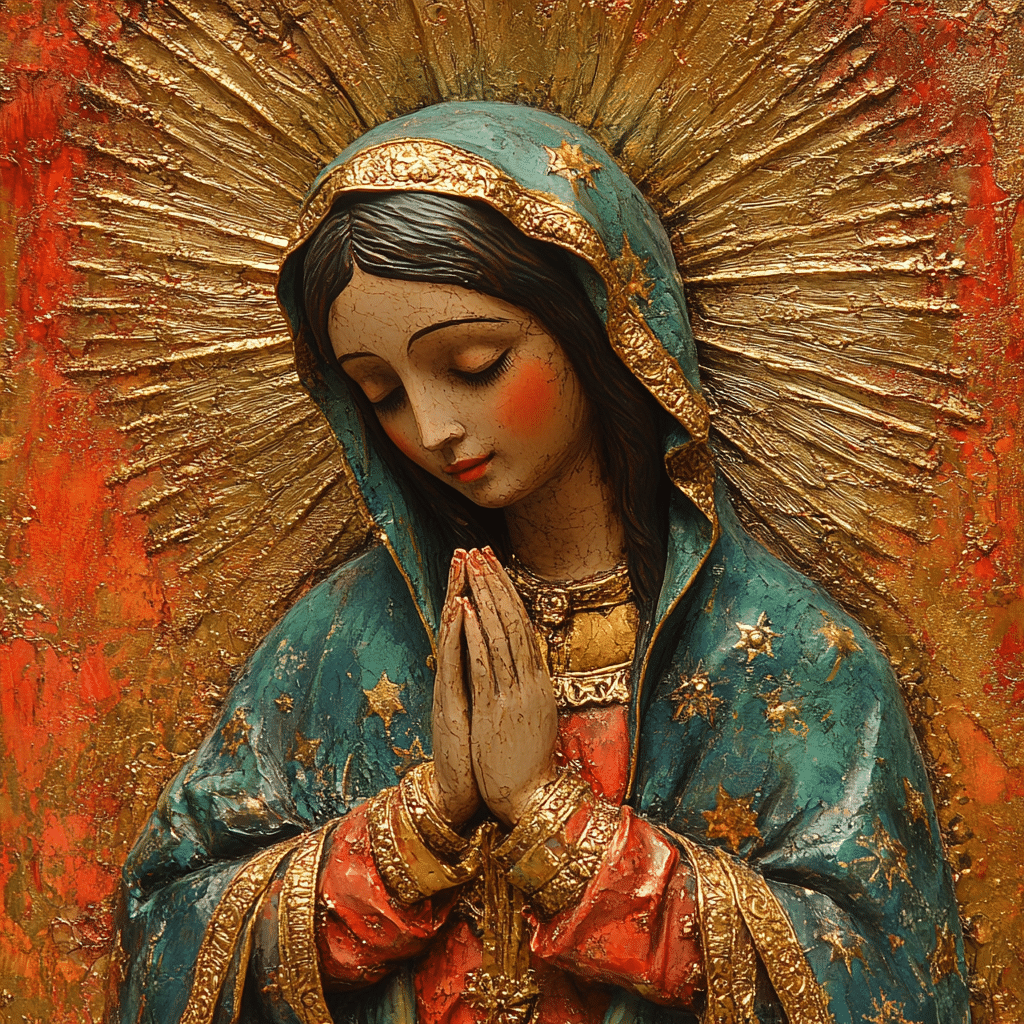
What is the Virgen de Guadalupe represent?
For Mexican American women, the Virgin often stands for motherhood, femininity, and a symbol of resistance against oppression. Her image has been painted on neighborhood murals since the late ’60s, reflecting both cultural pride and the struggle for social justice.
What is the true story of La Virgen de Guadalupe?
The story of La Virgen de Guadalupe goes back to 1531, when she allegedly appeared to Juan Diego, an Aztec man who converted to Christianity. She asked him to build a shrine on Tepeyac Hill, where the first apparition took place, emphasizing her connection to the indigenous community.
Is there a difference between Virgin Mary and Virgen de Guadalupe?
Yes, there’s a distinction between the Virgin Mary and the Virgen de Guadalupe. While they both refer to Mary, the Virgen de Guadalupe is specific to her appearance in Mexico and embodies unique cultural significance and identity for Mexican people.
What happens on December 12 in Mexico?
On December 12, people in Mexico celebrate the Feast of the Virgin of Guadalupe, honoring her apparition to Juan Diego. The day sees processions, prayers, and festive gatherings, showcasing devotion and community spirit.
What is so special about Our Lady of Guadalupe?
Our Lady of Guadalupe is special because she symbolizes hope and faith for many, particularly in Mexico and among the Mexican diaspora. She’s seen as a protector and a unifying figure during times of hardship.
What does the Virgin Mary symbolize?
The Virgin Mary generally symbolizes purity, femininity, and motherhood. In various cultures, she represents strength and compassion, offering comfort to those in need.
Why do Mexicans love la virgen?
Mexicans love la Virgen because she represents their identity, culture, and faith. She embodies the spirit of resilience, melding indigenous and Catholic traditions, which resonates deeply in their hearts.
Who is the angel under Our Lady of Guadalupe?
The angel under Our Lady of Guadalupe is known as the angel of the Lord. In artistic representations, he often appears as a cherub or a guardian figure, emphasizing her divine mission and protection.
Do Christians believe in Virgin Mary?
Yes, Christians across various denominations do believe in the Virgin Mary. She holds a central role in Christianity as the mother of Jesus, venerated by many for her faith and obedience.
Do Christians believe in Virgen de Guadalupe?
Many Christians also believe in the Virgen de Guadalupe, especially in Latin America. She’s seen not just as a religious figure, but as a cultural icon that brings hope and unity.
What miracles did Our Lady of Guadalupe perform?
Our Lady of Guadalupe is credited with several miracles, including the promotion of faith among the indigenous people, healing the sick, and bringing peace during difficult times, like ending a plague in 1737.
Why do people pray to Virgen de Guadalupe?
People pray to Virgen de Guadalupe for guidance, protection, and support in their struggles. Many feel a personal connection with her, believing she intercedes on their behalf in times of need.
What is the true story of Our Lady of Guadalupe?
The true story of Our Lady of Guadalupe involves her multiple apparitions to Juan Diego, emphasizing her message of love and inclusion. She represents a bridge between indigenous and Catholic beliefs, resonating with millions.
How do Mexicans celebrate Our Lady of Guadalupe?
Mexicans celebrate Our Lady of Guadalupe with vibrant festivities that include music, dance, and traditional foods. Pilgrims often visit her shrine, lighting candles and offering prayers in gratitude for her protection.
Who is the queen of Mexico?
The queen of Mexico is often referred to as Our Lady of Guadalupe, symbolizing her role as the spiritual mother of the nation and protector of its people.
What does the Virgen de Guadalupe protect?
The Virgen de Guadalupe is said to protect the vulnerable and marginalized, including women and children. Her image fosters hope and courage in those seeking solace during hard times.
What is the symbol for a virgin girl?
A common symbol for a virgin girl is the lily, representing purity and innocence. It often appears in art depicting the Virgin Mary, emphasizing her virtuous character.
What does it mean when you see an image of the Virgin Mary?
Seeing an image of the Virgin Mary often reminds people of faith, hope, and maternal love. It can evoke feelings of comfort and a sense of connection to something greater.
What is the purpose of the day of the Virgin of Guadalupe?
The purpose of the Day of the Virgin of Guadalupe is to celebrate her role as a protector and guide. It serves as a reminder of faith and unity among her followers, fostering a sense of community and belonging.







